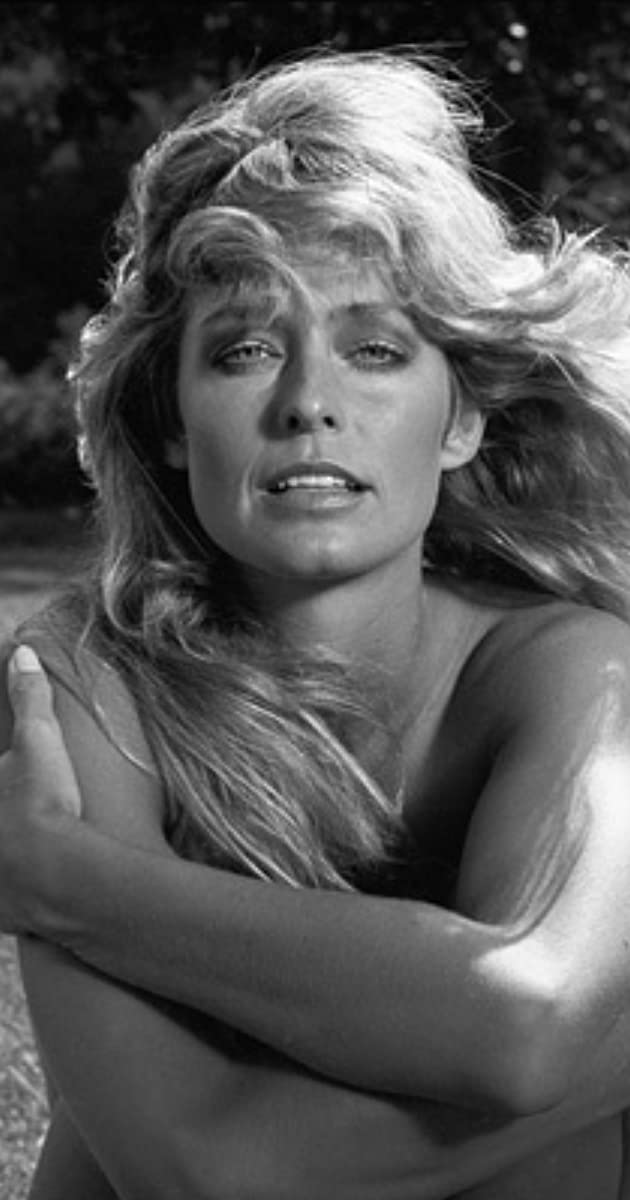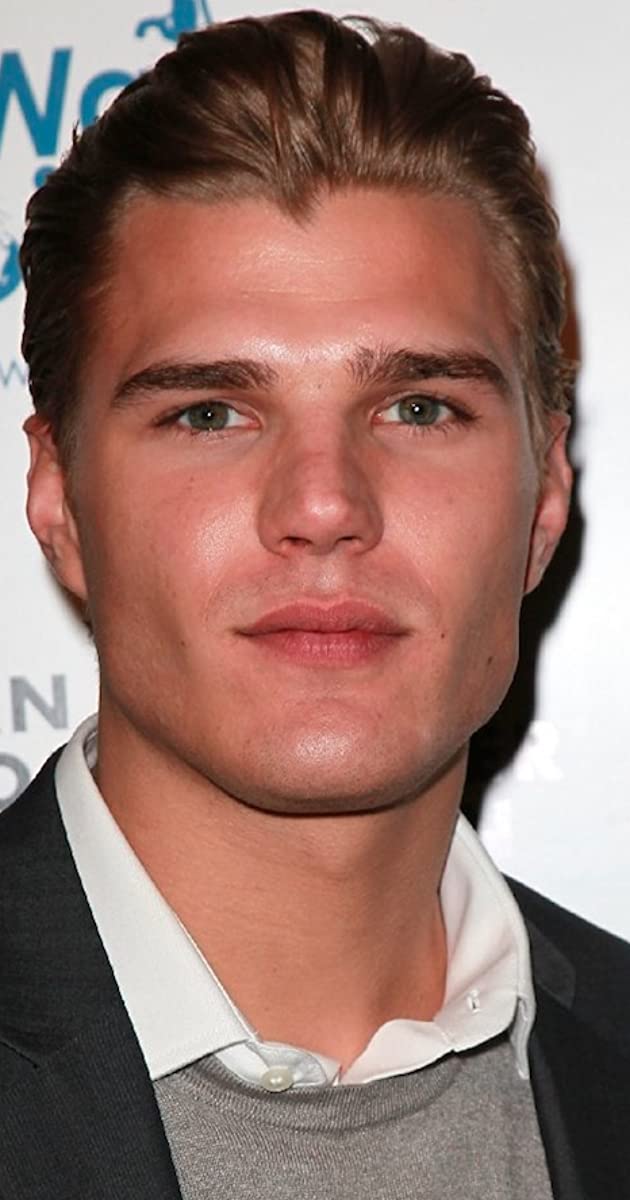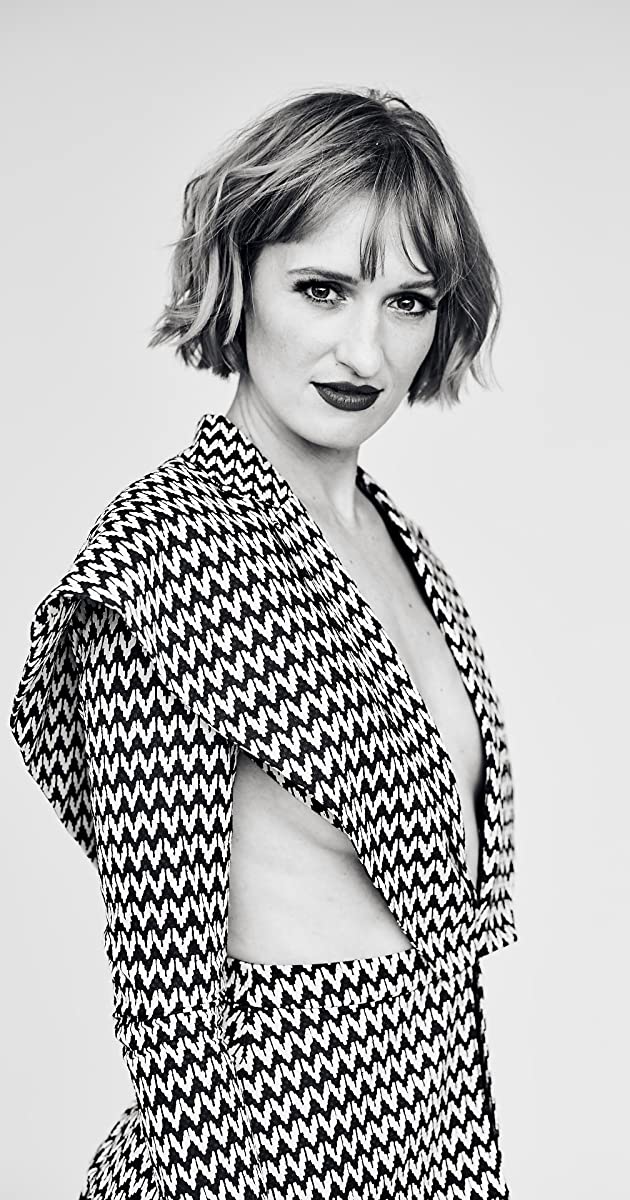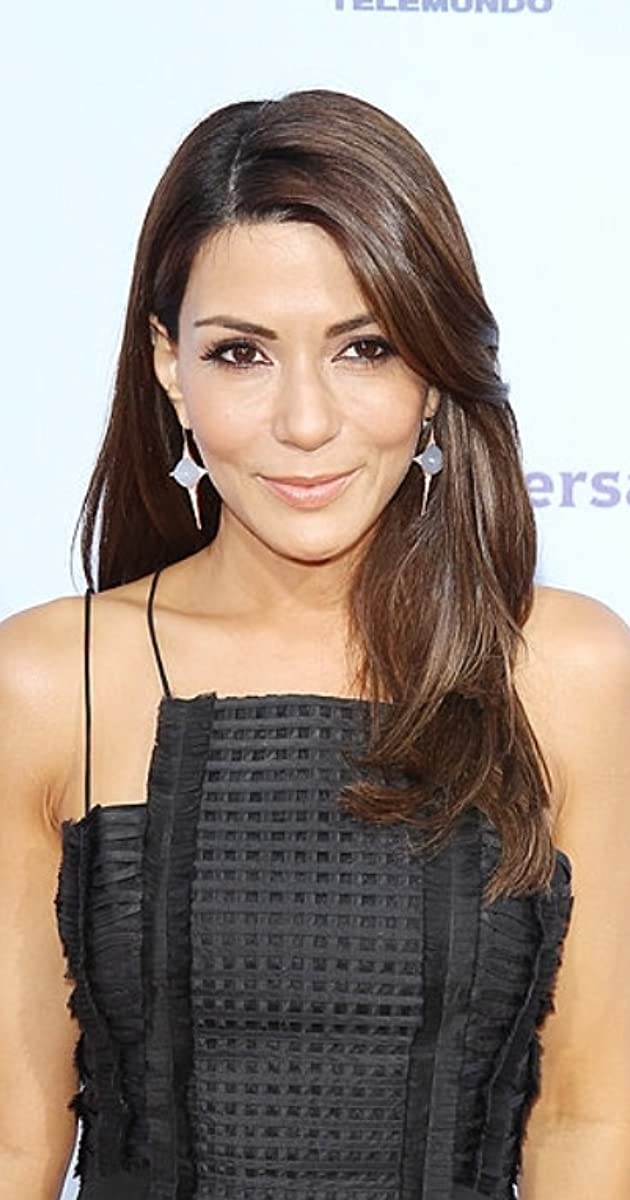
Farrah Fawcett is a true Hollywood success story. A native of Texas, she was the daughter of Pauline Fawcett (Pauline Alice Evans), a homemaker, and James Fawcett, an oil field contractor. She was a natural athlete, something that her father encouraged, and she attended a high school with a strong arts program. She attended the University of Texas in Austin, graduating with a degree in Microbiology, but only wanted to be an actress.
Winning a campus beauty contest got her noticed by an agent, who encouraged her to pursue acting. After graduating, she moved to Los Angeles and her healthy, all-American blond beauty was immediately noticed. She quickly got roles in various television commercials for such products as Ultra-Brite toothpaste, and Wella Balsam shampoo, and also made appearances in some TV series. In 1968, she met another Southerner, actor Lee Majors, star of the popular TV series The Big Valley (1965), on a blind date set up by their publicists. He became very taken with her and also used his own standing to promote her career. In 1969, she made her film debut in A Man I Like (1969). The next year, she appeared in the film adaptation of the Gore Vidal bestselling novel Myra Breckinridge (1970). The shooting was very unpleasant, with much feuding on the set, and Farrah was embarrassed by the finished film, which was a major failure. But Farrah was undamaged and continued to win roles. In 1973, she and Majors married, and the following year, she won a recurring role in the crime series, Harry O (1973). She had her first taste of major success when she won a supporting role in the science fiction film, Logan’s Run (1976). She came to the attention of the highly successful producer Aaron Spelling, who was impressed by her beauty and vivacious personality. That won her a role in the TV series, Charlie’s Angels (1976). She played a private investigator who works for a wealthy and mysterious businessman, along with two other glamorous female detectives, played by Kate Jackson and Jaclyn Smith. The show immediately became the most popular series on television, earning record ratings and a huge audience. All three actresses became very popular, but Farrah became, by far, the best known. She won the People’s Choice Award for Favorite Female Performer in a New TV program in 1977. Her lush, free-wheeling, wavy blond hair also became a phenomenon, with millions of women begging their hairstylists to give them “The Farrah”, as her hairstyle was called. Fawcett was also a savvy businesswoman, and she received 10% profit from the proceeds of her famous poster in a red swimsuit. It sold millions and she became the “It Girl” of the 1970s.
Fawcett was America’s sweetheart and found herself on every celebrity magazine and pursued by photographers and fans. While she enjoyed the success and got along well with her co-stars (both of whom were also of Southern origin), she found the material lightweight. Also, the long hours she worked were beginning to take a toll on her marriage to Majors, who found himself eclipsed by her popularity. So the following year, when the show was at its peak, she left to pursue a movie career. Charlie’s Angels’ producers sued her, and the studios shied away from her, and she lost out on the lead role in the hit feature film Foul Play (1978) to Goldie Hawn. Eventually, she and the Charlie’s Angels producers reached a settlement, where she would make guest appearances on the series. As a result of the negative publicity and some poor script choices, her career briefly hit a slow spot. In addition, she and Majors separated in 1979. She had starring roles in Somebody Killed Her Husband (1978), Sunburn (1979), and Saturn 3 (1980) (which she did a topless scene in), but all three failed financially. She appeared in the Burt Reynolds chase comedy The Cannonball Run (1981), which was successful financially, but it was met not only with bad reviews but also with bad publicity when Farrah’s stunt double Heidi Von Beltz was involved in a stunt that went horribly wrong and left her a quadriplegic. Farrah’s feature film career came to a halt, and she and Majors were drifting apart. In 1981, she met Ryan O’Neal, a friend of her husband’s, and they began became friends and spent a great deal of time together. He also encouraged her to go back to television and she received good reviews in the well-received miniseries, Murder in Texas (1981). In 1982, she filed for divorce, which Majors readily agreed to. Soon, she and O’Neal were a couple and moved in together. She set on sights on becoming a serious dramatic actress. She took over for Susan Sarandon in the stage play, “Extremities”, where she played a rape victim who turns the tables on her rapist. That, in turn, led her to her major comeback, when she starred in the searing story of a battered wife in The Burning Bed (1984), based on a true story. It garnered a very large audience, and critics gave her the best reviews she had ever received for her heartfelt performance. She was nominated for both an Emmy and Golden Globe and also became involved in helping organizations for battered women. The following year, she and O’Neal became the parents of a son, Redmond O’Neal. She tried to continue her momentum with a starring role in the feature film adaptation of Extremities (1986), and while she garnered a Golden Globe nomination, the film, itself, was not a hit.
She continued to seek out serious roles, appearing mainly on television. She scored success again in Small Sacrifices (1989), again based on a true crime. Portraying an unhappy woman who is so obsessed with the man she loves that she shoots her children to make herself available and disguises it as a carjacking, Farrah again won rave reviews and helped draw a large audience, and was nominated for an Emmy again. Shortly afterwards, she and O’Neal co-starred in Good Sports (1991), playing a couple who co-star in a sports news program, but O’Neal’s performance was lambasted and only 9 episodes were aired. In 1995, she surprised her fans by posing for “Playboy” at the age of 48, it became the magazine’s best-selling issue of that decade.
Her relationship with O’Neal was deteriorating, however, and in 1997, they broke up. The breakup took a toll, and she posed for Playboy again at the age of 50. To promote it, she appeared on Late Show with David Letterman (1993) and gave a rambling interview, sparking rumors of drug use. That same year, however, she made another comeback in The Apostle (1997), playing the neglected wife of a Pentacostal preacher, played by Robert Duvall. Both stars were praised and the film became a surprise hit. She also began dating James Orr, who had directed her earlier in the feature film, Man of the House (1995). An incident occurred between them in 1998, and Farrah suffered injuries. The scandal drew nationwide headlines, especially after the tabloids published photos of Farrah with her injuries. The authorities compelled Fawcett to testify against Orr in court, and he was found guilty of assault and given a minimum sentence. Embarrassed, she lowered her profile and her career lost momentum, but she continued to work in television and films. She and O’Neal also started seeing each other again, when he was diagnosed with leukemia. The new millennium brought her highs and lows. In 2000, she acted with Richard Gere in Robert Altman’s film, Dr. T & the Women (2000). Her son Redmond has had problems with drug abuse and has been in and out of jail. In 2001, she lost her only sister, Diane Fawcett Walls, to cancer. In 2004, she received her third Emmy nomination for her performance in The Guardian (2003), and she starred in her own reality show, titled Chasing Farrah (2005), in 2005 along with Ryan O’Neal, but that ended after only 7 episodes. That same year, she was devastated when her beloved mother, Pauline Fawcett, died. In 2006, producer Aaron Spelling died, and she famously reunited with her Charlie’s Angels co-stars, Kate Jackson and Jaclyn Smith, at the Emmys, in a tribute to him. She looked tan and healthy, but soon, she was diagnosed with anal cancer. She asked her friend Alana Stewart to accompany her and videotape her during her doctor’s visits. Those video journals resulted in the documentary Farrah’s Story (2009), co-executive produced by Fawcett. It aired in 2009, and viewers were shocked to see Farrah with a shaved head and in a continuous state of pain. Ryan O’Neal and Alana Stewart were constantly by her side, and her Charlie’s Angels co-stars, Kate Jackson and Jaclyn Smith, also visited her, marking the final time that all three original Angels appeared together on television. The documentary became a ratings success, and it earned a Emmy nomination as Outstanding Nonfiction Special. On June 25, 2009 Farrah lost her battle with cancer and passed away at aged 62. She left the bulk of her estate to her only son Redmond, and her trust fund allowed for the creation of The Farrah Fawcett Foundation, which provides funding for cancer research and prevention. Alana Stewart is the president of the Foundation and Jaclyn Smith’s husband Dr. Brad Allen is one of the Board of Directors. Ryan O’Neal and Farrah’s nephew, Greg Walls, are also on the Advisory Board, keeping alive her legacy.


